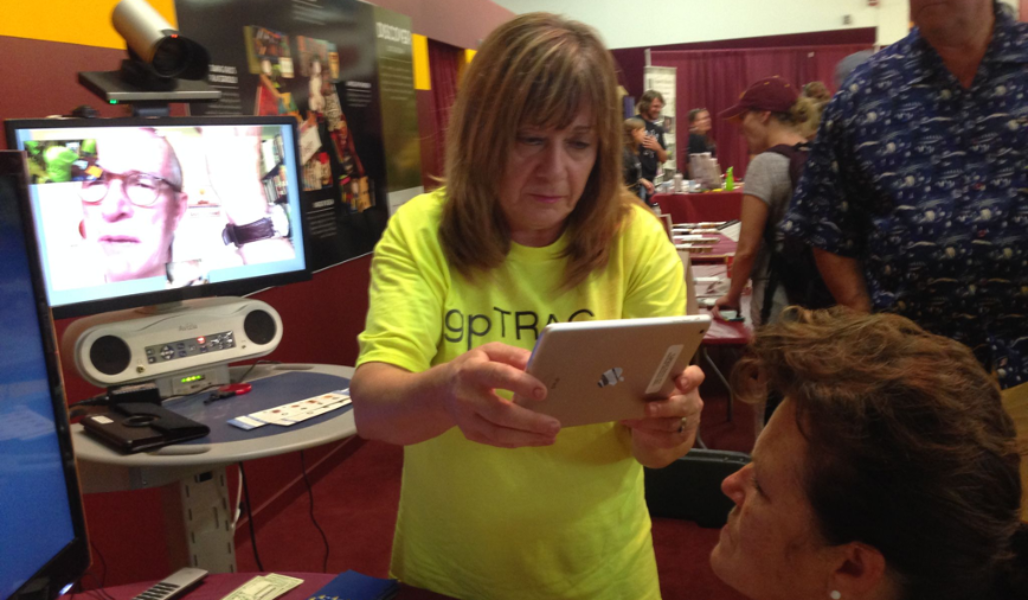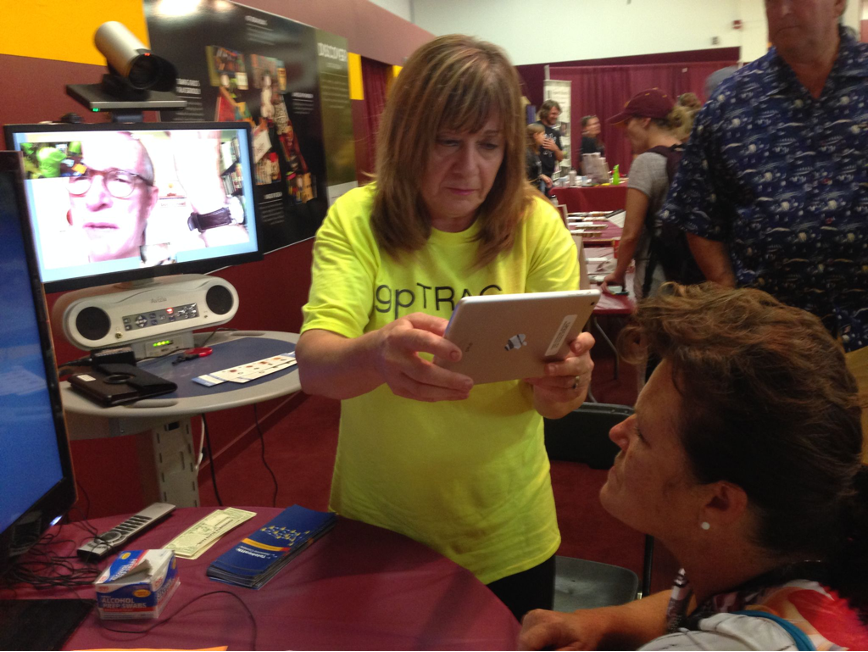
gpTRAC Partners with North Dakota Primary Care Office to Gather, Give Information
Surveys seem to be a necessary evil in today’s modern society. Everyone from private businesses to public entities wants to better understand how the customers, constituents, and clients they serve perceive them as well as what improvements can be made. Yet, those being surveyed are pressed for time, suffer from information overload, and often don’t see the benefits of participating.
In the fall of 2020, both the Great Plains Telehealth Resource Assistance Center (gpTRAC) and the Primary Care Office (PCO) in North Dakota were simultaneously considering conducting surveys on different topics. When they got wind of each other’s projects, they decided to work together. The result was a successful synergy of surveys that helped both the requesting organizations as well as the participants.
Finding One Another
“We wanted to hear about the telehealth successes from critical access hospitals, rural health clinics, and human service centers in North Dakota last fall,” said Zoi Hills, program manager at gpTRAC. “When COVID cases accelerated in the following months, it was evident that it would be difficult to get individuals to participate.”
Around the same time, the North Dakota PCO wanted to survey these same hospitals and clinics about the Public Student Loan Forgiveness Program, which helps pay for medical school costs in exchange for medical services in underserved communities.
“The PCO asked gpTRAC if we could help them with the survey,” Hills said. “We decided to combine the two requests so the recipients would only receive a single survey.” The staff at gpTRAC drafted the telehealth related questions while PCO staff created the loan repayment questions.

Photo description: Zoi Hills, program manager at gpTRAC
Invitations and Interviews
Since the PCO had closer relationships with the critical access hospitals, rural health clinics, and human service centers in North Dakota, it was decided that the survey request would come from them. Although the first effort in the fall only generated a handful of respondents, the second effort in the spring met with greater success.
“We reached out to about 50 to 60 organizations and received about a dozen responses in early 2021,” Hills said. “Although it wasn’t a huge number, we had a good mix of critical access hospitals, rural health clinics, and human service centers.
“I thought it was important to talk with them,” Hills continued. “We scheduled a 30-minute video call with each of them, allowing respondents to select the days and times that worked best for them. I spoke with between one to five individuals at each site.”
Unexpected Results
Although both gpTRAC and the PCO worked to keep the survey time to half an hour, Hills found that some of the calls went way beyond that time limit due to the enthusiasm of the respondents.
“During some of the interviews, I found out that a few executives were desperately in need of gpTRAC services,” Hills said. “I spoke with one CEO who wanted to implement telehealth but had no support from her staff. She was so excited to hear about gpTRAC’s services.” gpTRAC is now working to develop training for this hospital’s providers and clinical manager to help them get started.
Hills reflected how the tables were suddenly turned. “After one 30-minute survey stretched to 2.5 hours, I finally had to end the call,” Hills recalls. “I had some respondents who were so receptive, started asking me questions, and thanked me for calling.” In these cases, the survey not only collected necessary data but delivered much needed information as well.
